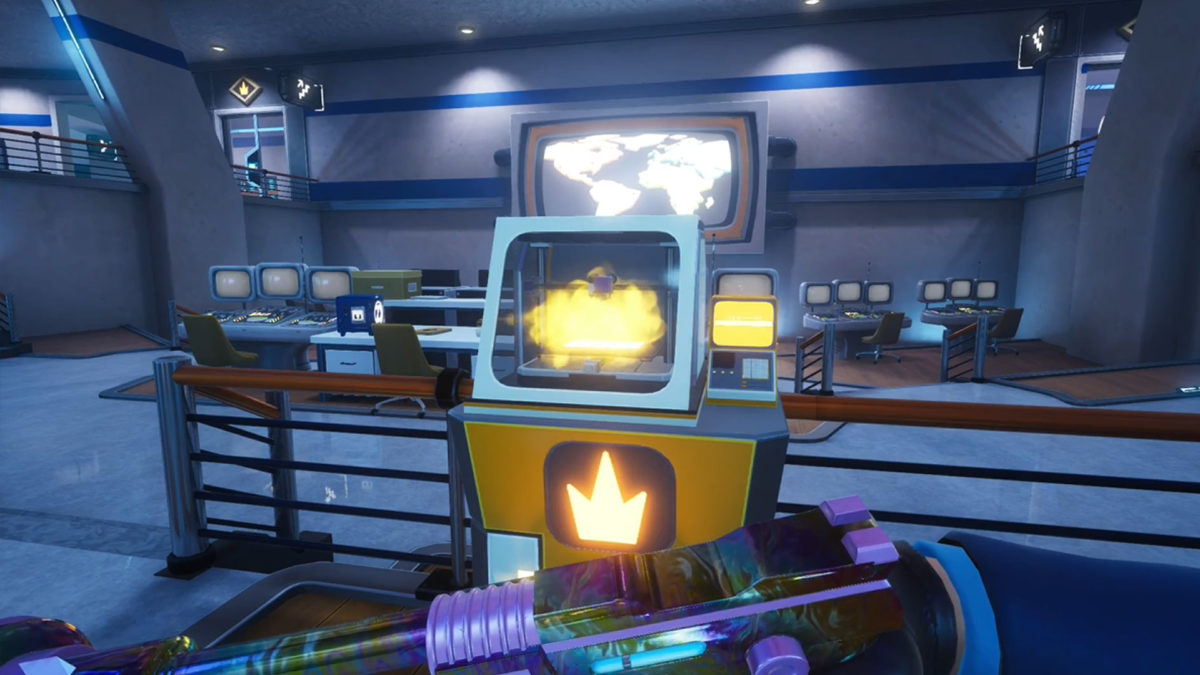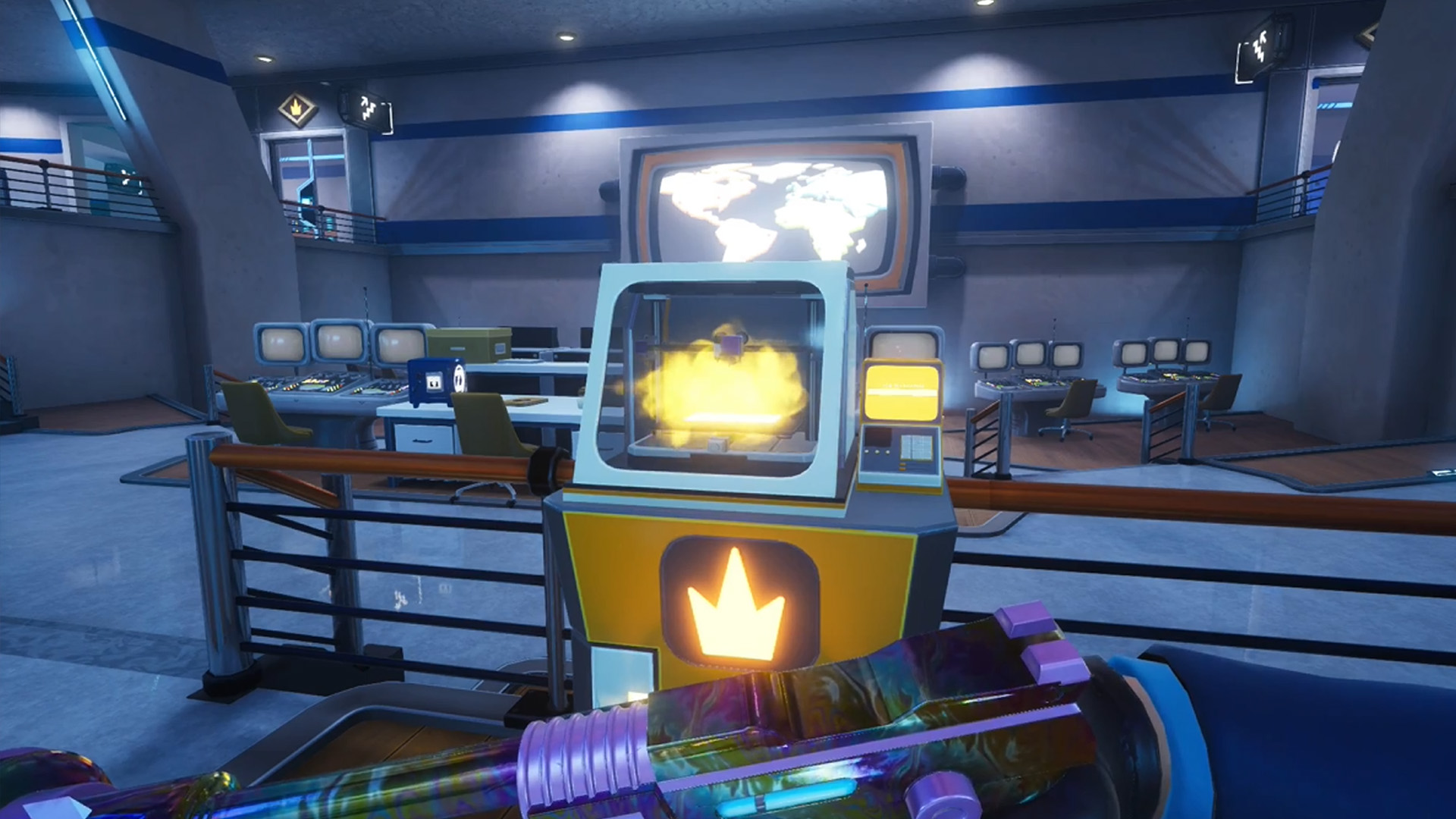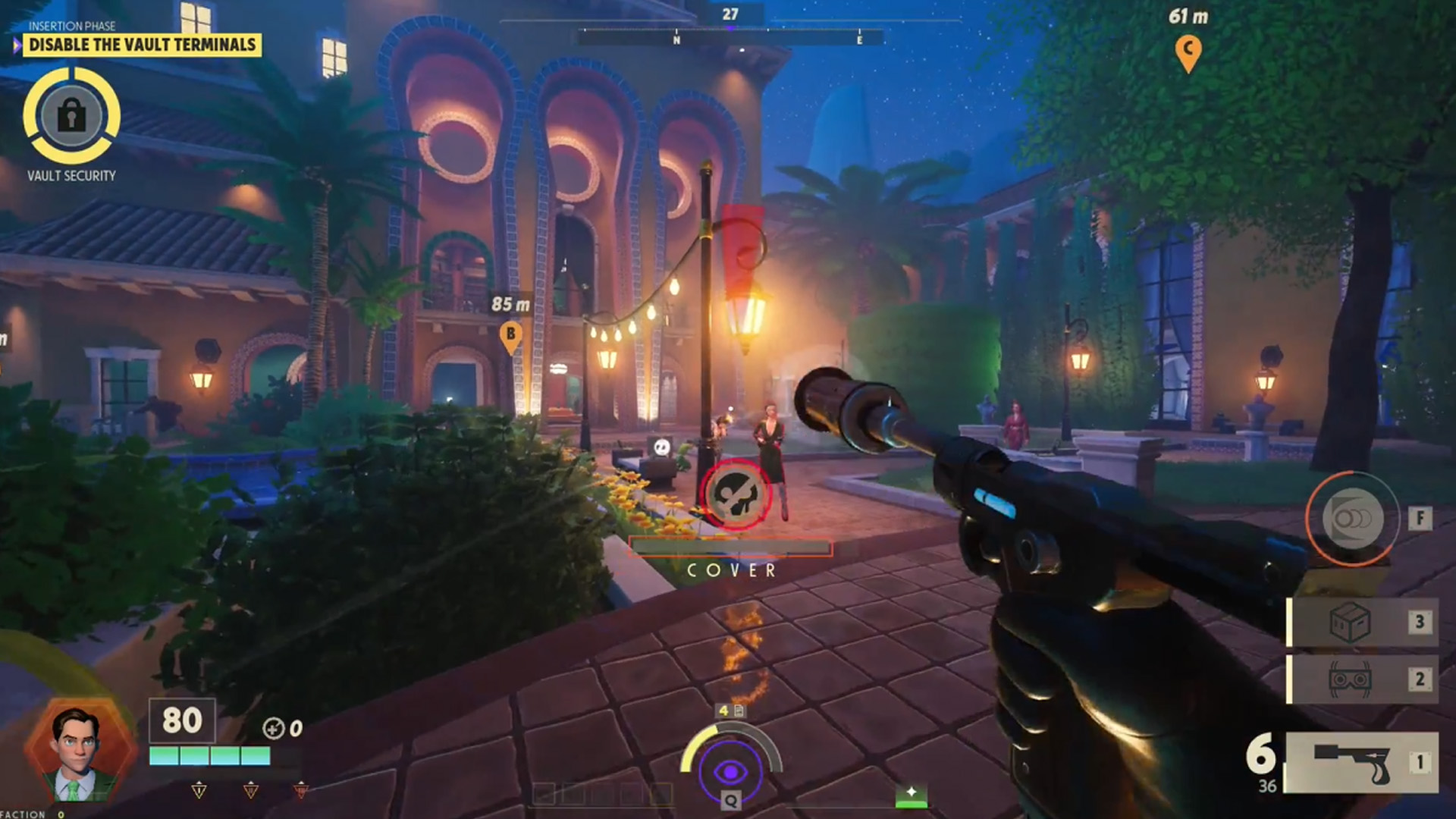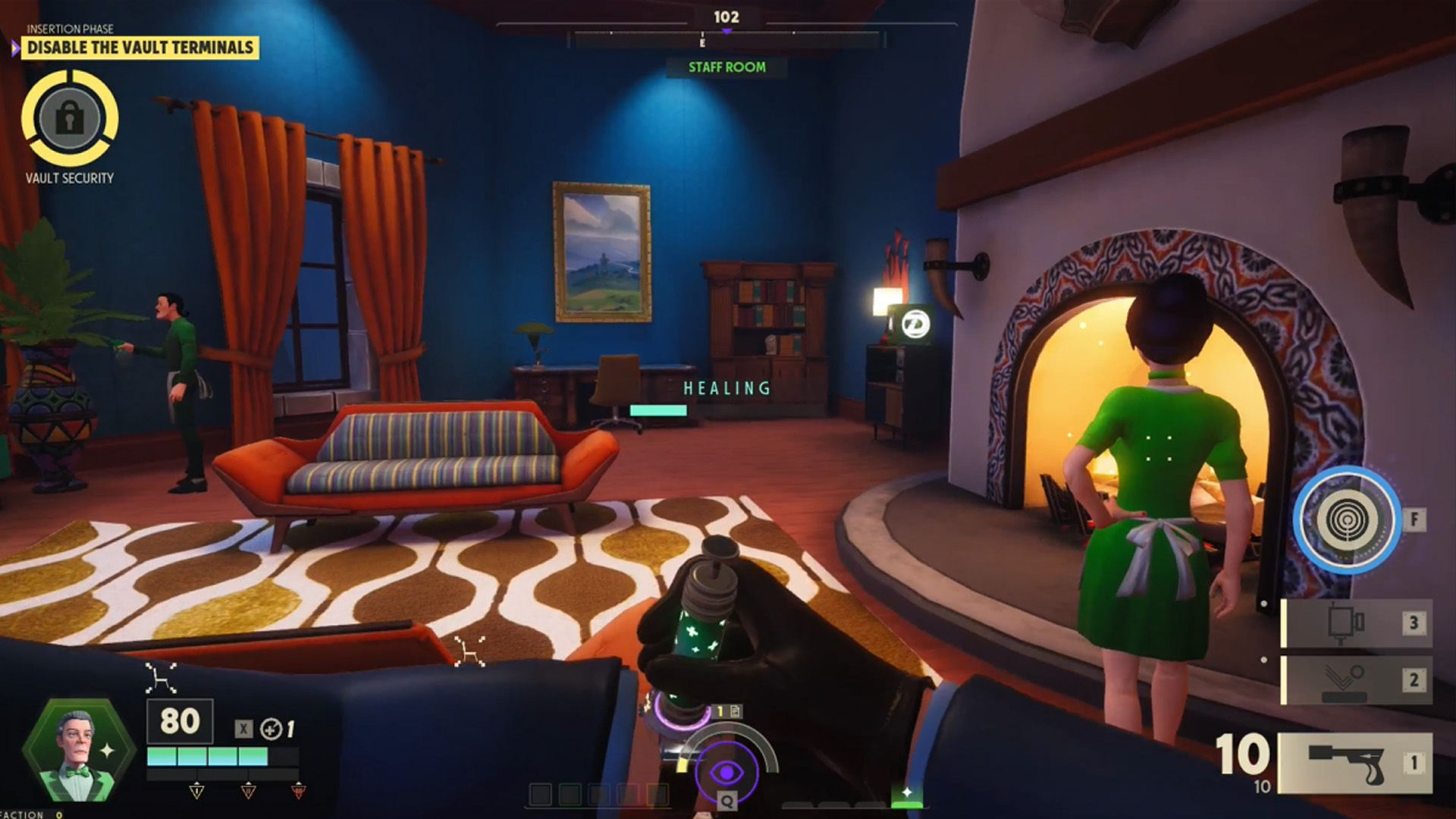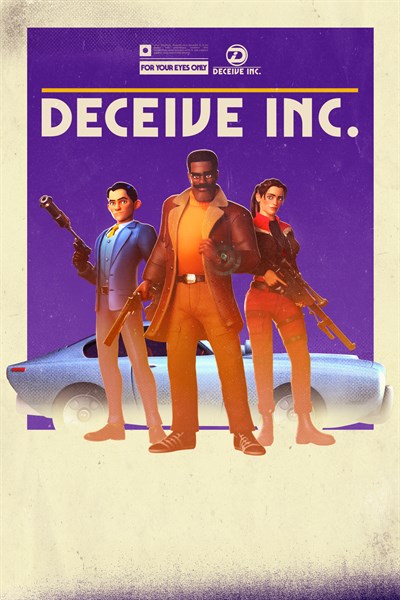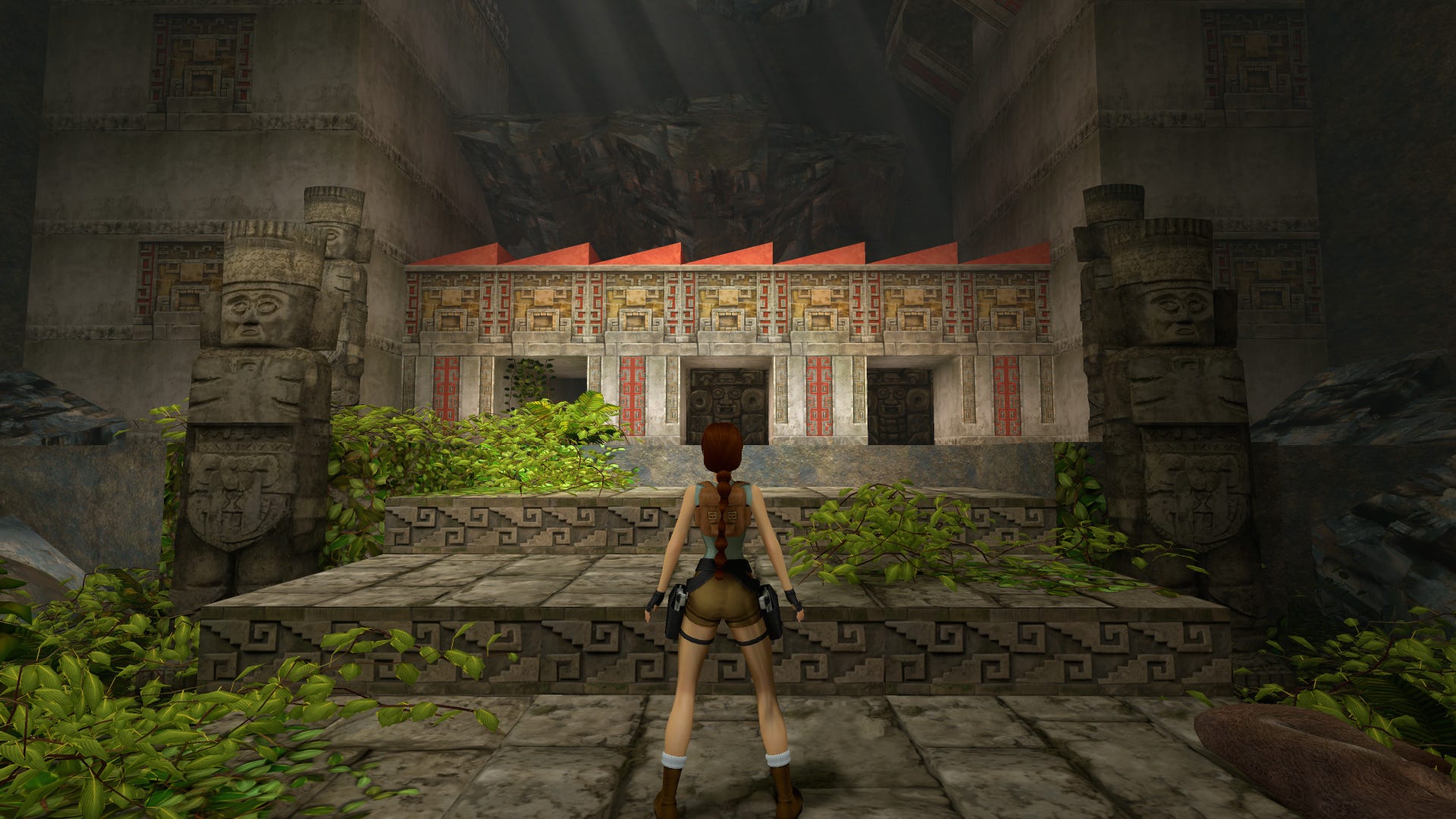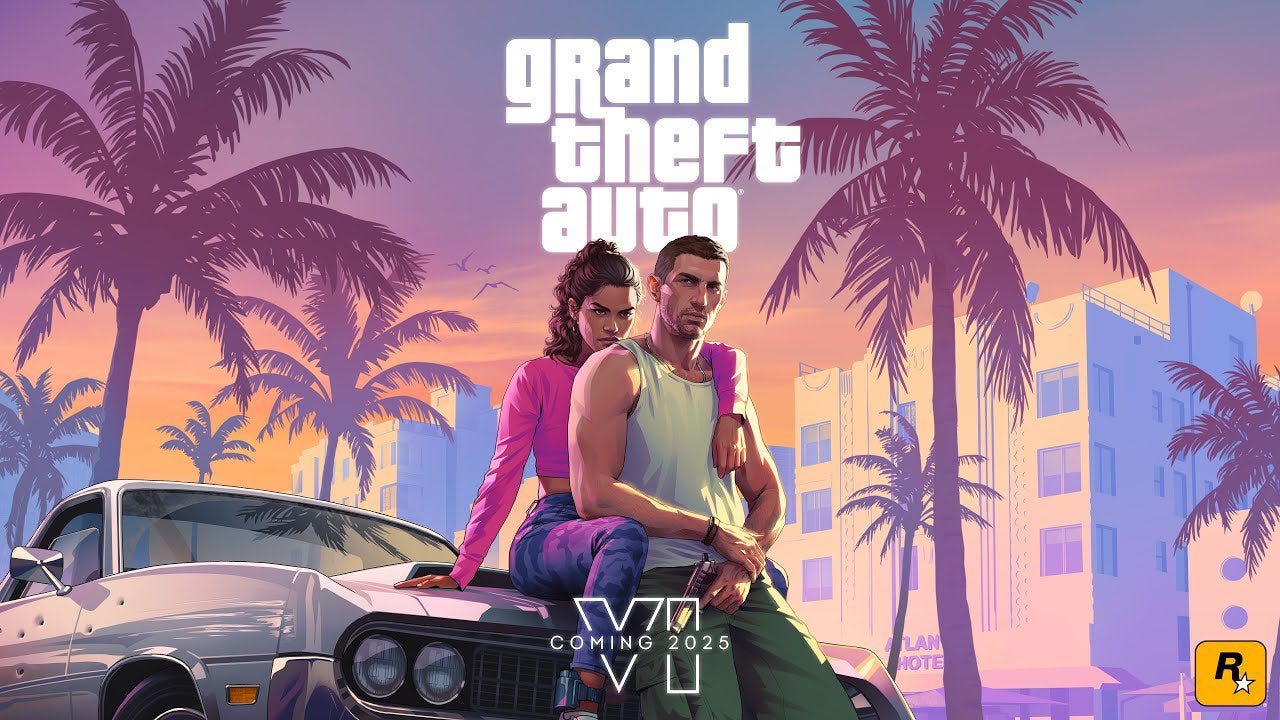When No Rest for the Wicked was first revealed at The Game Awards last year, its painterly art style was unsurprisingly a big topic of discussion. Simply put, it was the most striking trailer of the show. While it looked akin to Dungeons & Dragons sourcebook artwork in motion, the gorgeous art also made it somewhat obvious as to who was behind the images.
“This is almost like our DNA,” says Gennadiy Korol, co-founder of Moon Studios and its director of technology. “That’s the trademark of Moon, we want our games to look timeless. We want them to look like a painting that is animated.”
That much was obvious to anyone who played Moon’s Ori games, but No Rest for the Wicked seems to take that idea and push it into the next dimension. By transitioning to 3D, Moon has left the ‘illustrated’ vibe of Ori behind for something that looks like a painted reality. It’s hard not to draw parallels to projects like Netflix’s Arcane or the Spider-Verse films, which make their 3D animation appear like 2D, hand-drawn artwork. Those projects will likely prove timeless, and Moon Studios hopes the same for No Rest for the Wicked.
Achieving art design immortality requires an approach that bucks many industry trends. Aiming for higher visual metrics than that used in other games simply won’t cut it. “I think it’s always about art direction and art style more than just ray tracing and polygons,” says Thomas Mahler, Moon co-founder and No Rest for the Wicked’s creative director.
“We definitely make a conscious choice to always go against the trend, because the trend right now is doing physical-based rendering and all of this stuff,” he explains. “My problem is that a lot of these games that do that start looking the same.”
Mahler also notes games that chased huge technical innovations a decade ago haven’t all stood the test of time. Technology continues to evolve, and what was astonishing back then can look old today. “But, if I go into a museum and I look at these paintings that are literally 500 years old, I still think, ‘Oh, my God, that looks amazing,’” he says. “That’s the path that we are going down.”
Physics doesn’t matter, it’s what people feel when they play that matters.On one hand, abandoning the tech race is liberating. You don’t need dozens of people solely focused on squeezing the most polygons out of your engine, or implementing photo realistic ray tracing. But freedom from those problems creates another equal challenge. Korol notes that there’s no “handbook” for a painted art style. Where developers chasing photorealism can turn to literal science for the answers on how to recreate light and reflections, No Rest for the Wicked’s art direction is entirely based on Moon’s own creativity. That can be somewhat mentally exhausting, but it allows the team complete control over the game’s look and feel.
“With the way we approach it, it really doesn’t matter what the physics is if the end result is boring, if the end result is not exciting,” says Korol. “Because physics doesn’t matter, it’s what people feel when they play that matters.”
While Moon had learned a huge amount about crafting a painted art style while creating Ori, the shift to three dimensions for Wicked required a whole new way of thinking. “I think the big challenge was to find something that works in 3D, that works with all of these 3D pipelines,” explains Korol, “but that still gives you this really direct artistic control and allows our artists to really create something that feels like a painting, as opposed to more of this ray-traced or normal-mapped 3D look.”
Creating a set of rules and principles for this art direction ensures that No Rest for the Wicked looks striking in every shot. But the direction ultimately fails if the characters, creatures, and world are bland and forgettable. As such, the project relies as much on its design as it does the digital brush strokes they’re painted with. That’s why Moon has tried to craft a fantasy setting that feels believable and relatable, while also being fresh and unusual.
“We don’t want our games to look like stuff that you’ve seen before,” says Mahler. “Obviously we take inspiration from historical stuff, and so on. We look at armor designs, like crazy stuff that was done hundreds of years ago, but then we always try to give it our own touch.” The result of this can be seen in the golden suits of armour featured in the trailer, with their bizarre coin-like headpieces and an unnerving lack of eyes.
“I think it goes back to world building,” adds Korol. “It’s exciting to build a world that people have never seen before, that we have never seen before, and go through that creative process of exploring and imagining it, and see what it can be.”
As technology evolves and we could potentially do photorealism, I still hope there’s going to be a part of the industry that does not just do that.Part of Moon Studio’s approach to creating this exciting new world is a strict attention to detail. Like the paintings that inspired it, each frame of No Rest for the Wicked is filled to the edges with flourishes and carefully placed elements.
“Despite it not being photorealistic, we do like detail,” says Korol. “We didn’t go for this more simplistic, cell-shaded look. You will see a lot of detail in the reflection and the specular, in the way the materials react, because we did want this game to feel immersive.”
While it had to be adapted and evolved for 3D, much of this philosophy is the same as what powered the Ori games. Unsurprisingly, Moon hopes for similar results. “A lot of people would say that Ori [and the Blind Forest] still feels and looks great to play, and it’s eight, nine years later,” says Korol. “We hope the same thing happens with No Rest for the Wicked.”
That hope doesn’t just come from looking inwards, though. “I think it’s very interesting how people react now to games like Zelda: Wind Waker,” says Mahler. “Here’s cell shading, and even 20 years after, it still looks pretty good.”
“As technology evolves and we could potentially do photorealism, I still hope there’s going to be a part of the industry that does not just do that,” he continues. “That actually also just makes sure that, ‘Here’s this really unique looking game that looks unlike anything else in the market.’”
Of course, it goes without saying that Moon Studios will likely always be a part of that industry segment that holds the torch for unique art design. But as for the here and now, I look forward to seeing even more of No Rest for the Wicked’s strange creatures and beautiful landscapes in action, both as part of Wicked Inside on March 1, and when the game releases in early access later this year.
Matt Purslow is IGN’s UK News and Features Editor.

